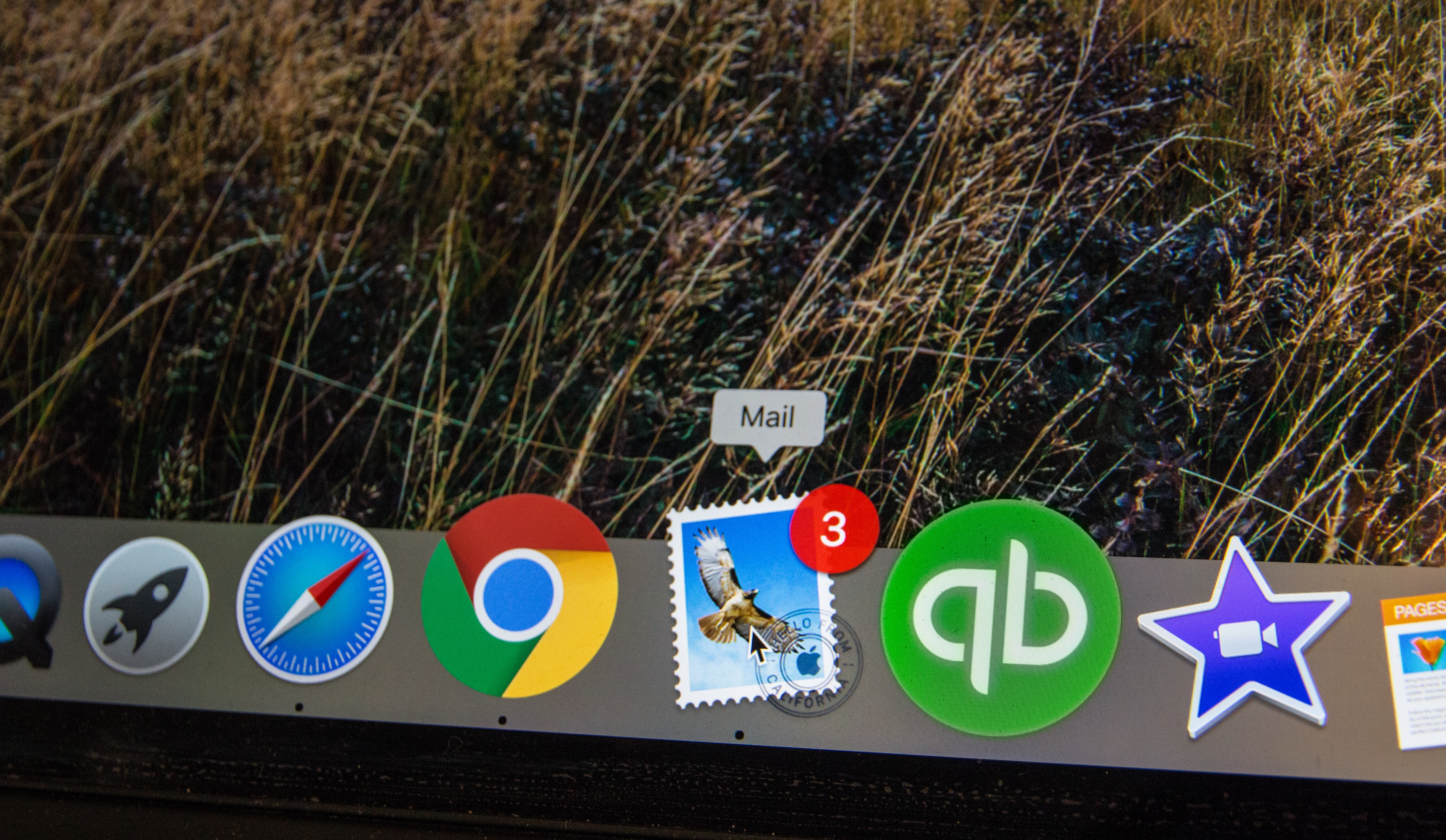
Let’s accept it! Emails and meetings consume a substantial part of our day. We are constantly under a mountain of emails. No matter how much we evolve in the digital space, there can be no substitute for answering emails. It takes a lot of focus and the right state of mind to respond to people electronically.
We write to all sorts of connections over the email. These could be our colleagues, managers, clients, vendors, suppliers and the list can go on. Responding to each one of them needs a different approach. The current business landscape being global facilitates connecting with people virtually. One of the expectations organisations have from their employees is to build great working relationships. The first step to build relationships is to build a strong rapport.
Isn’t this easier when we meet people in-person?
But, how do we do that over the email?
It is challenging to build rapport with people over email.
Thankfully, there is a way! – By using the “I” approach.
Whether it is in-person or e-mail communication, we interact with humans. Emails are simply the medium to communicate. Therefore, in order to build great working relationships, we need to mindful of the fact that we are dealing with people, their perceptions and emotions. It is highly imperative we communicate with intent, authenticity, and empathy.
The “I” approach is a personalised way of communicating with your counterpart. It is a way to state that there is no robot writing to you from the other end. Using the “I” approach helps you make a personal appeal, build instant rapport (without putting too much effort) and solicits quick responses. By starting your responses with “I” makes you more mindful of using the right words and connect well.
Here are some examples where you could use the “I” approach.
Example 1: When you write to your client for the first time
Avoid: This is to inform you that I will be your point of contact for this account going forward.
Do: I hope you are doing well. My name is Jack Smith and I will be your point of contact for all your queries and discussions on this account. Please feel free to reach out to me should you need any more information. I look forward to working with you on this account.
Example 2: When you are sending a report to someone or a group of people.
Avoid: Please find the attached report for you/you all to go through. Do reach out to me if you need anything.
Do: I am sharing this report for you/you all to go through. This report contains all the consolidated information we’ve discussed until now. Please feel free to reach out to me should you need anything.
Example 3: When you are making an announcement.
Avoid: Please be advised that I will not be accessible (from _ to). My colleague ________ will be your point of contact for all your queries.
Do: I am writing to inform you that I will be on holiday starting (from _ to). Therefore, I will have limited access to emails. My colleague ________ will be your point of contact for all your queries.
Example 4: When your client/counterpart is grieving.
Avoid: Sorry for the loss.
Do: I am sorry for your loss. I ask for strength and prayers for you in these tough times.
Emails can be a great source of building connections in addition to one-on-one connections we make. It is up to us to make the most of it by using the right words that can solicit responses.

